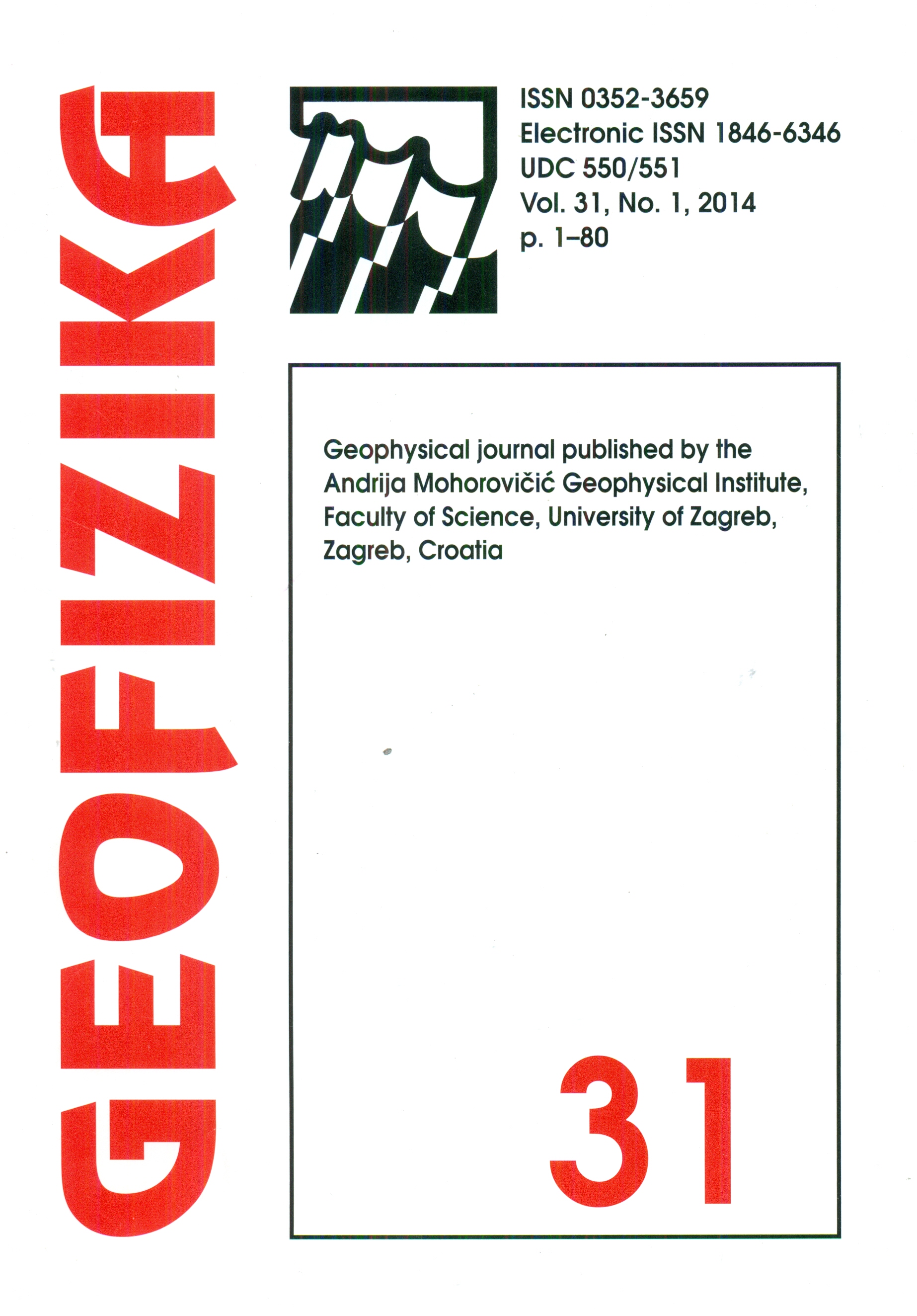Influence of soil moisture and dynamic vegetation coupling on numerical simulations of surface temperature, precipitation and evaporation over the Europe
DOI:
https://doi.org/10.15233/gfz.2014.31.4Keywords:
ICTP AGCM model, soil moisture model, dynamic vegetation model, surface air temperature, precipitation, evaporation, interannual variabilityAbstract
In this paper we explore the impact of vegetation cover and soil moisture coupling on climate simulations over the Europe. For this purpose, the International Centre for Theoretical Physics (ICTP) atmospheric general circulation model (AGCM) is used. The analysis is based on three targeted simulations for the period 1981-2010: a control experiment (with a simple land-surface model that mimics interaction of soil and atmosphere); an experiment with land-surface temperature and soil moisture coupling, and an experiment with both soil moisture and interactive vegetation coupling. The amplitude and interannual variability of surface air temperature, precipitation and evaporation for summer and winter seasons are examined. Compared to the control experiment, increasing of surface temperature over the continental Europe is found for the experiment with soil-moisture model for both, winter and summer seasons. However, when ICTP AGCM is coupled with the dynamic vegetation model, increasing of surface temperature is simulated only during the summer, while it is reduced during the winter. Generally, the dynamic vegetation model reduces total precipitation over the observed domain, and areas with the most pronounced decrease of the total precipitation coincide with areas of reduced evaporation. The results indicate substantial impact of soil moisture and vegetation coupling on amplitudes of simulated surface air temperature, precipitation and evaporation with predominant contribution of the soil moisture coupling. Contrary, the impact on the interannual variability of analyzed variables is rather weak.
Downloads
Published
Issue
Section
License
Copyright (c) 2021 Geofizika journal

This work is licensed under a Creative Commons Attribution-NonCommercial 4.0 International License.

